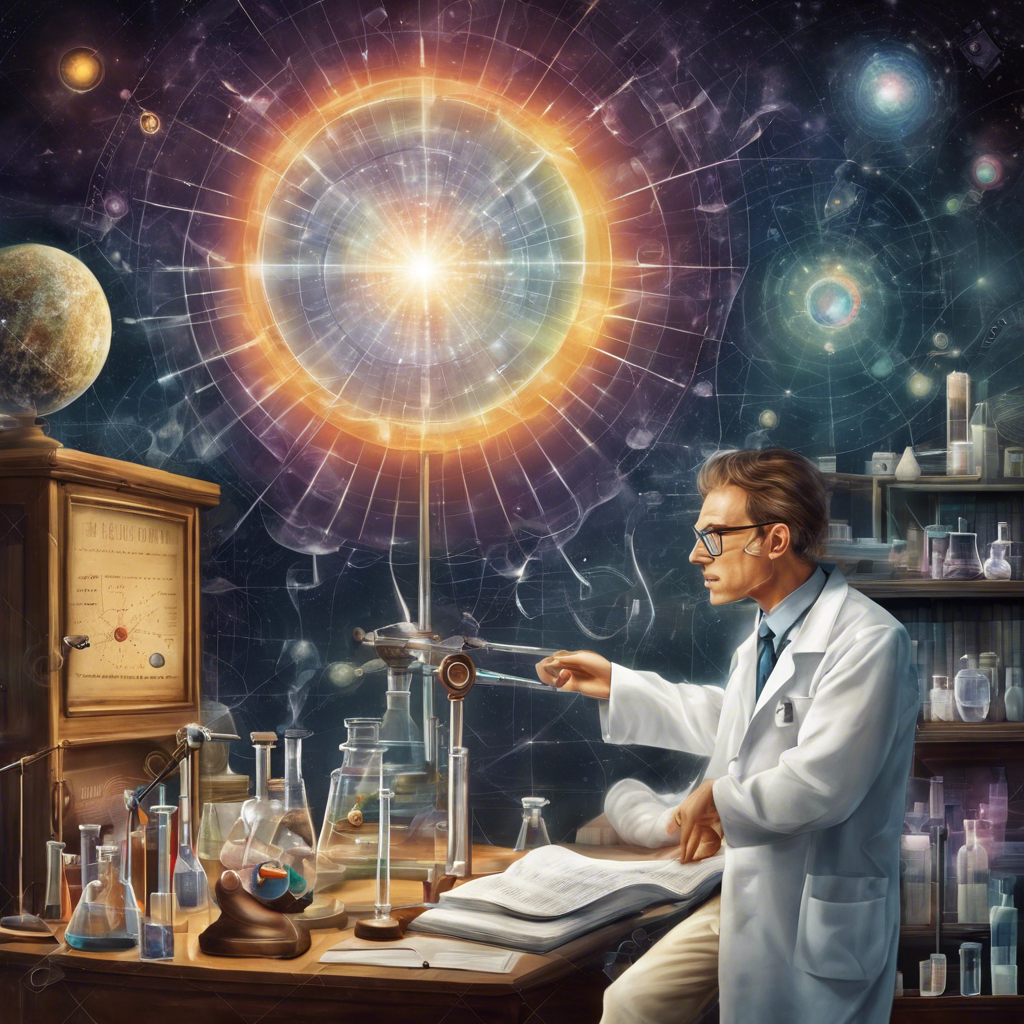The Sixth Sense and Other Misconceptions: Rethinking What We Know
Exploring the Hidden Truths Behind Our Senses, Colors, and States of Matter
In school, we were taught that we have five senses: taste, touch, sight, hearing, and smell. We were also told that primary colors are red, blue, and yellow, and that matter exists in three states: solid, liquid, and gas. However, recent scientific discoveries have revealed that these concepts are not entirely accurate. This article aims to delve into the fascinating world of our senses, colors, and states of matter, challenging the conventional wisdom and shedding light on the hidden truths that have been overlooked.
The Sixth Sense and More: Unveiling the Complexity of Human Perception
Contrary to popular belief, our senses extend far beyond the traditional five. From our ability to sense movement through accelerometers in our ears to our perception of balance through fluid movement, our sensory capabilities are vast and intricate. This section will explore the lesser-known senses that go beyond taste, touch, sight, hearing, and smell, revealing the complexity of human perception.
Magnetic Repulsion: Challenging the Notion of Magnetism
While we often associate magnetism with objects like paperclips, the truth is that both humans and even tomatoes interact with magnetic fields. This section will delve into the concept of diamagnetism, explaining how the nuclei in hydrogen repel magnetic fields. By examining the weak forces involved, we will uncover the fascinating world of magnetic interactions within our bodies and the natural world.
You’re Painting with the Wrong Colors: Rethinking the Primary Colors
Our understanding of primary colors has been flawed for years. Instead of red and blue, magenta and cyan are the true primary colors. By exploring the work of color theorists from the 19th century and examining the colors used in modern printers, this section will challenge the traditional notion of primary colors and shed light on the true hues that form the basis of color mixing.
A Bitter Taste in Your Mouth: Debunking the Tongue Map Myth
For decades, biology textbooks have featured tongue maps that categorize taste buds into discrete regions for sweet, sour, salty, and bitter tastes. However, this widely accepted concept has been discredited. This section will delve into the history of tongue maps, tracing their origins to a misinterpretation in 1942, and explore the true distribution of taste buds on the tongue.
Look at the State of Your Screen: Beyond the Three States of Matter
While we were taught that matter exists in three states – solid, liquid, and gas – there are actually more states that exist. Liquid crystals, for example, possess properties of both solids and liquids, and plasma is a state of matter found in the sun and other celestial bodies. This section will expand our understanding of matter, delving into lesser-known states and their applications in our everyday lives.
Conclusion:
The traditional knowledge we were taught in school often falls short in capturing the complexity and nuance of the world around us. As we continue to make scientific advancements, it becomes increasingly important to update our textbooks and embrace a more accurate understanding of our senses, colors, and states of matter. By challenging misconceptions and exploring the hidden truths, we can foster a deeper appreciation for the intricacies of the natural world and inspire future generations to question and seek knowledge beyond what they are taught.





